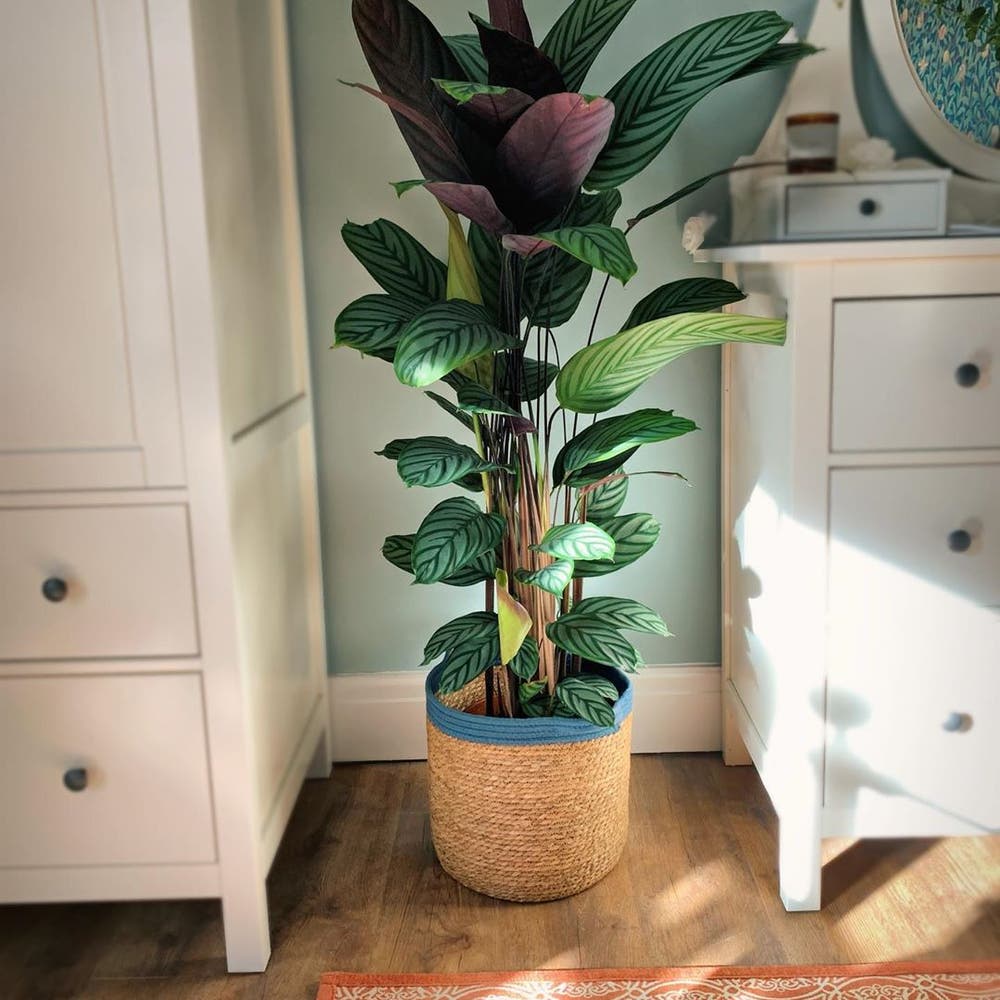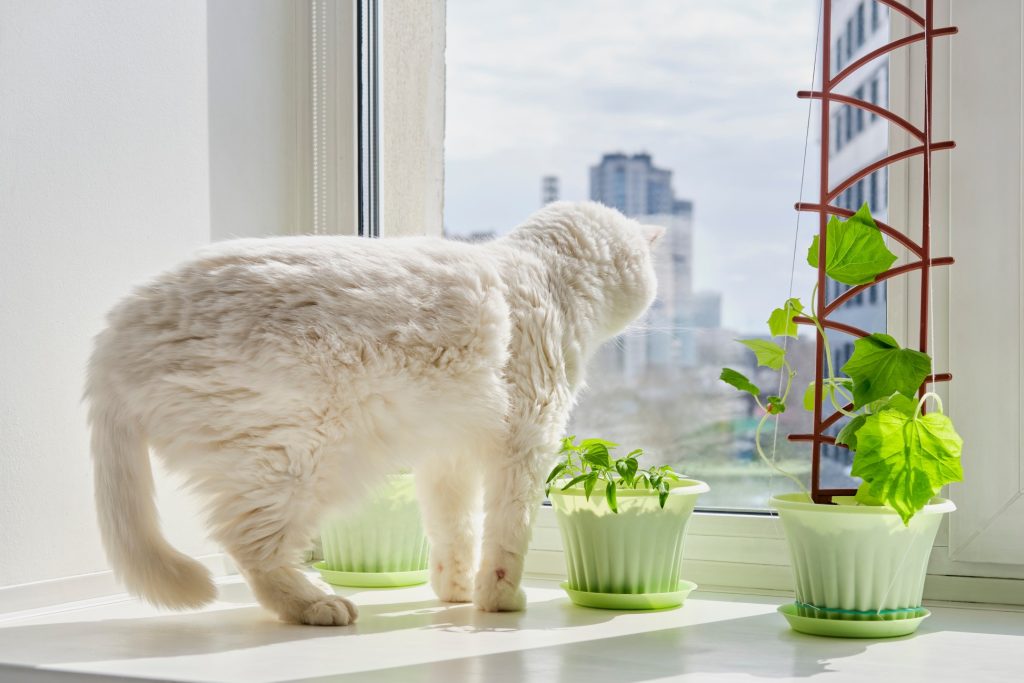The Ctenanthe plant also known as the Never Never plant is an evergreen perennial that belongs to the Marantaceae which is also of the prayer plant family. These plants are grown for their attractive and variegated foliage, it is however not an easy plant to grow and there are speculations that this might be harmful to plants.
The Never Never plant is one of the most common houseplants and the chances of your pets feeding on them are unavoidable. Having safe pet-friendly plants in your home can be great for both you and your pets however not all pets are considered safe for plants, although this can only be harmful if it is being consumed.
It can be a bit difficult to determine plants that are safe for your pets and preventing them from chewing them can be hectic as well.
Ctenanthe plants are loved for their attractive often variegated foliage. While this appealing plant can beautify your home, it can be quite frustrating to care for and read on to know if the Never Never plant is safe for cats, dogs, and more.
Ctenanthe Plant Quick Overview (Never Never Plant)
The Ctenanthe plant is an amazing perennial however since planting it can be complicated, people tend to avoid it.
It is a tropical plant that makes it susceptible to frosts and suffers damages in sold winter temperature, but this can be avoided with proper care and planning.

Never Never plant should be grown in well-drained soil in a spot with bright indirect sunlight. The size of the container used for this plant often decides its growth and it can grow up to several feet in size. Ctenanthe plant is a great household plant and the effort put in growing it is often worth it.
You need to maintain high humidity when growing the ctenanthe plant. This evergreen plant is related to the calathea and prayer plant family. It does have colorful patterned leaves that compliment any household architecture design as well.
Is Ctenanthe Plant Toxic To Pets? (Cats, Dogs & More)
Ctenanthe plants are considered slightly poisonous to pets only when consumed. It is a pet-friendly plant and as long as your pets don’t chew it then they will be fine. Although it is listed as non-toxic to dogs and cats, however, studies show feeding on it can cause some slight discomfort to them.
If you are on the lookout for a pet-safe plant then it’s best to go for the calathea plant which belongs to the same family as the ctenanthe plant. The never-never plant is not easy to care for and it’s mildly toxic as well.
Ctenanthe is not just slightly poisonous to pets but it may also cause individual allergic reactions as well. There are other plants such as the prayer plant which is a lot easier to care for and it’s a safer plant for your furry friend and other pets as well.
What houseplants are safe for pets?
Keeping your houseplants far away from your pets can be quite tough hence it’s best to choose plants that are non-toxic to them. Although there are lots of common houseplants that are toxic to dogs and cats but not to worry, here are some selected ones that are favourite safe houseplants for dogs and cats.
- Calathea
- Rattlesnake plant
- Spider plants
- Prayer plants
- Gloxinia
- Birds nest fern
- Venus fly trap
- Boston fern
- Orchid
- Polka dot plant.
How often should I water Never Never plant?
One of the benefits of the Never-Never plant is that it purifies the air. This is a sturdy plant hence it can handle high-temperature quite well but it doesn’t do well in temperatures below 60F. But it can be planted indoors provided it is placed in an area with high humidity and it happens to be a great air purifier.
Wrapping Up
The Ctenanthe plant will survive indoors if it is provided with enough humidity and water but to keep your pets safe, you might want to plant it outdoor.
Dogs and cats know instinctively not to eat certain things that might be of harm to them, but other pets might not have this instinct unless they are trained. Also, keep in mind that this is only poisonous when your pets chew on the leaves.
Read next: Can Pets Eat Aloe Vera? What Research Says

